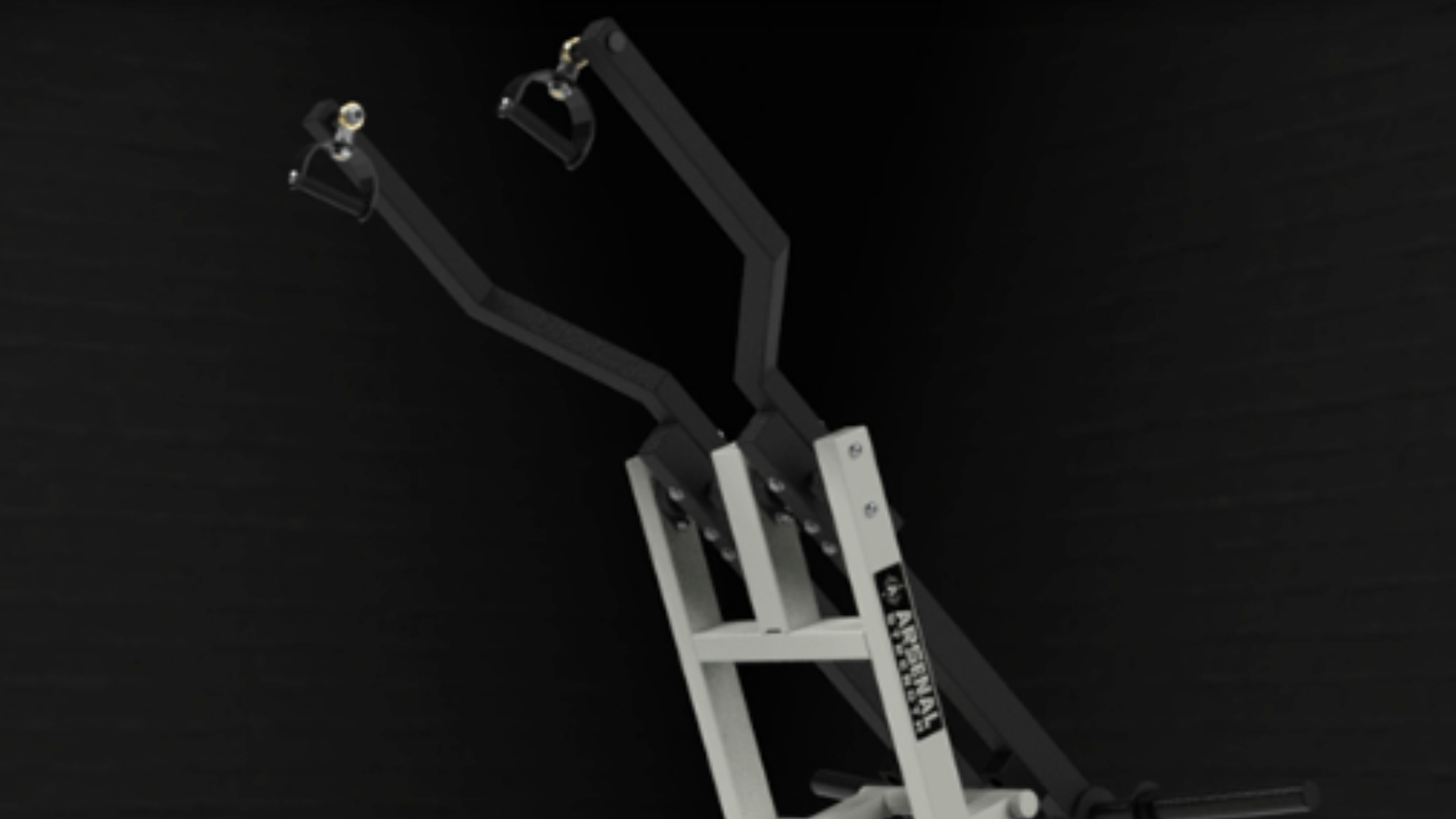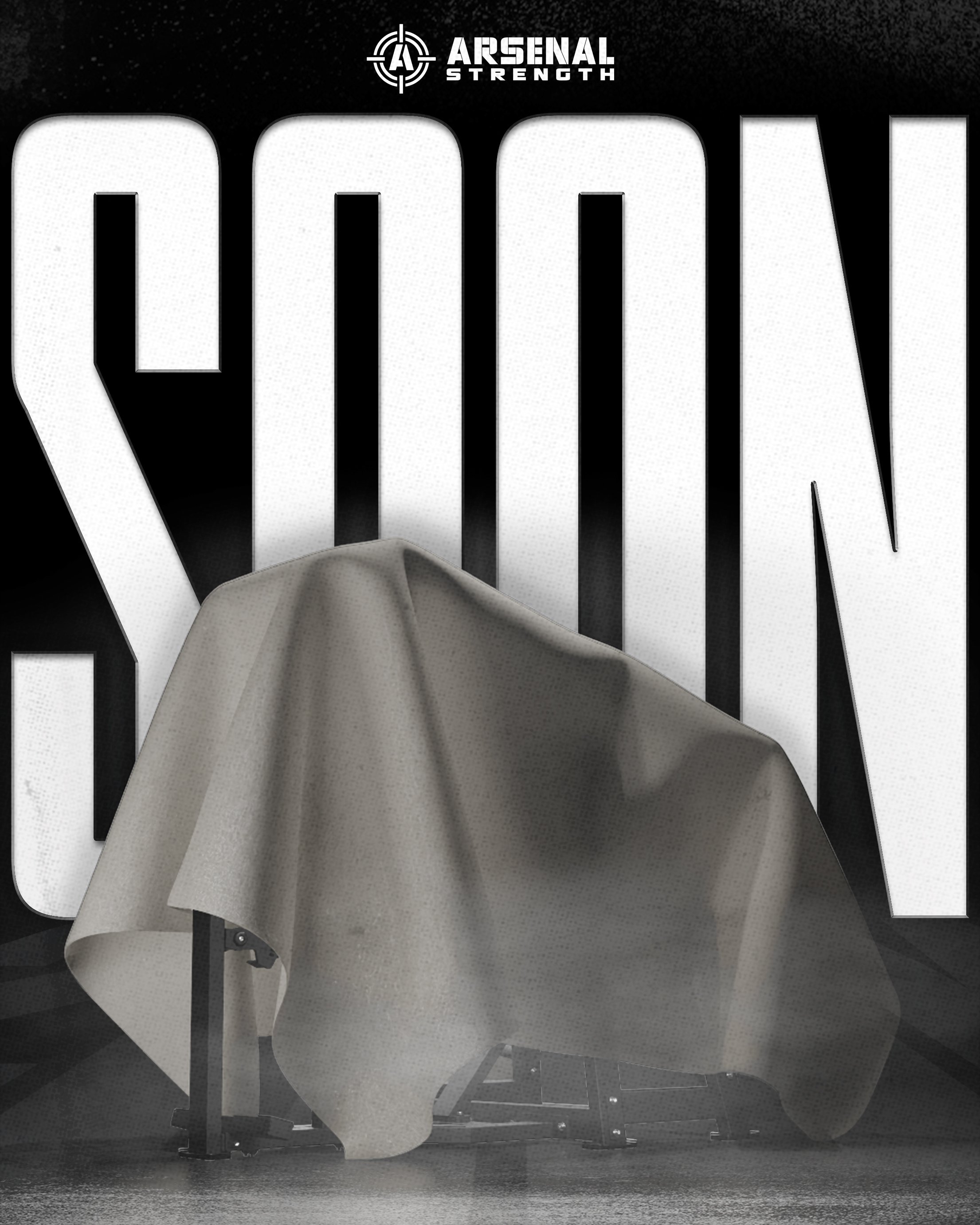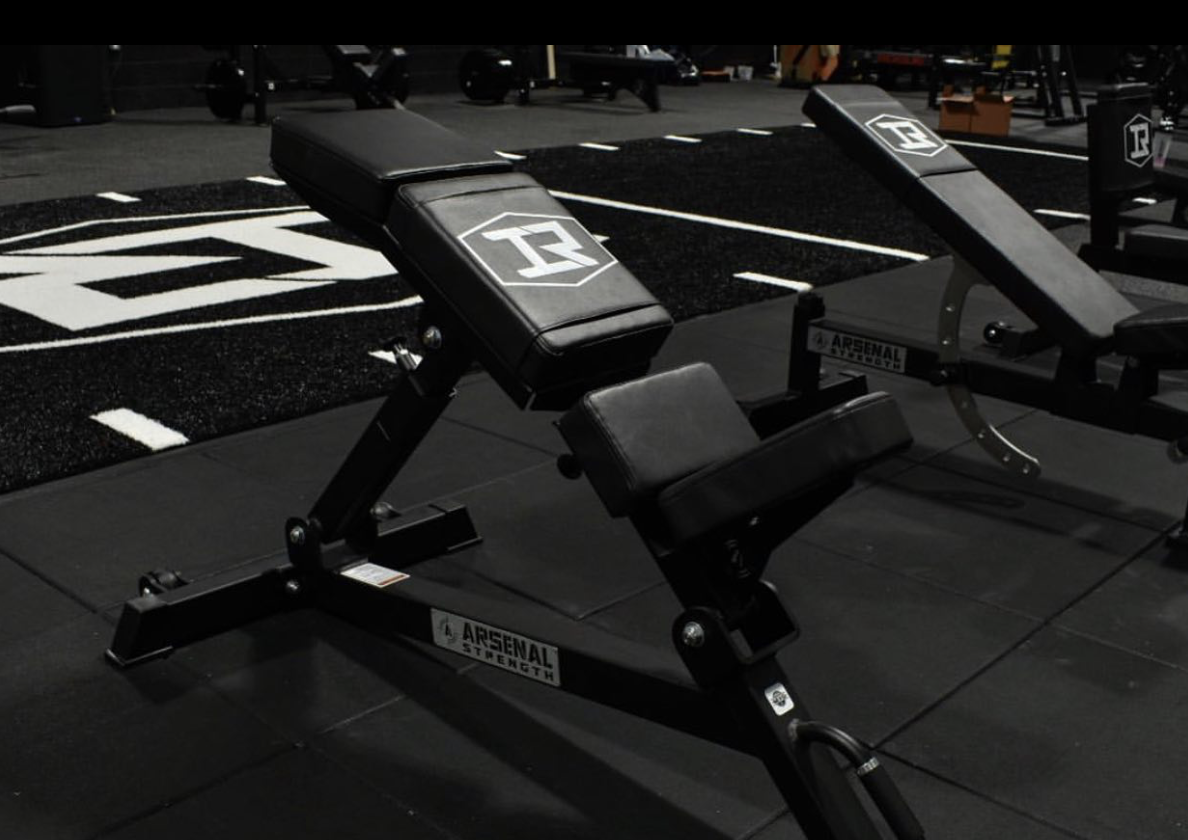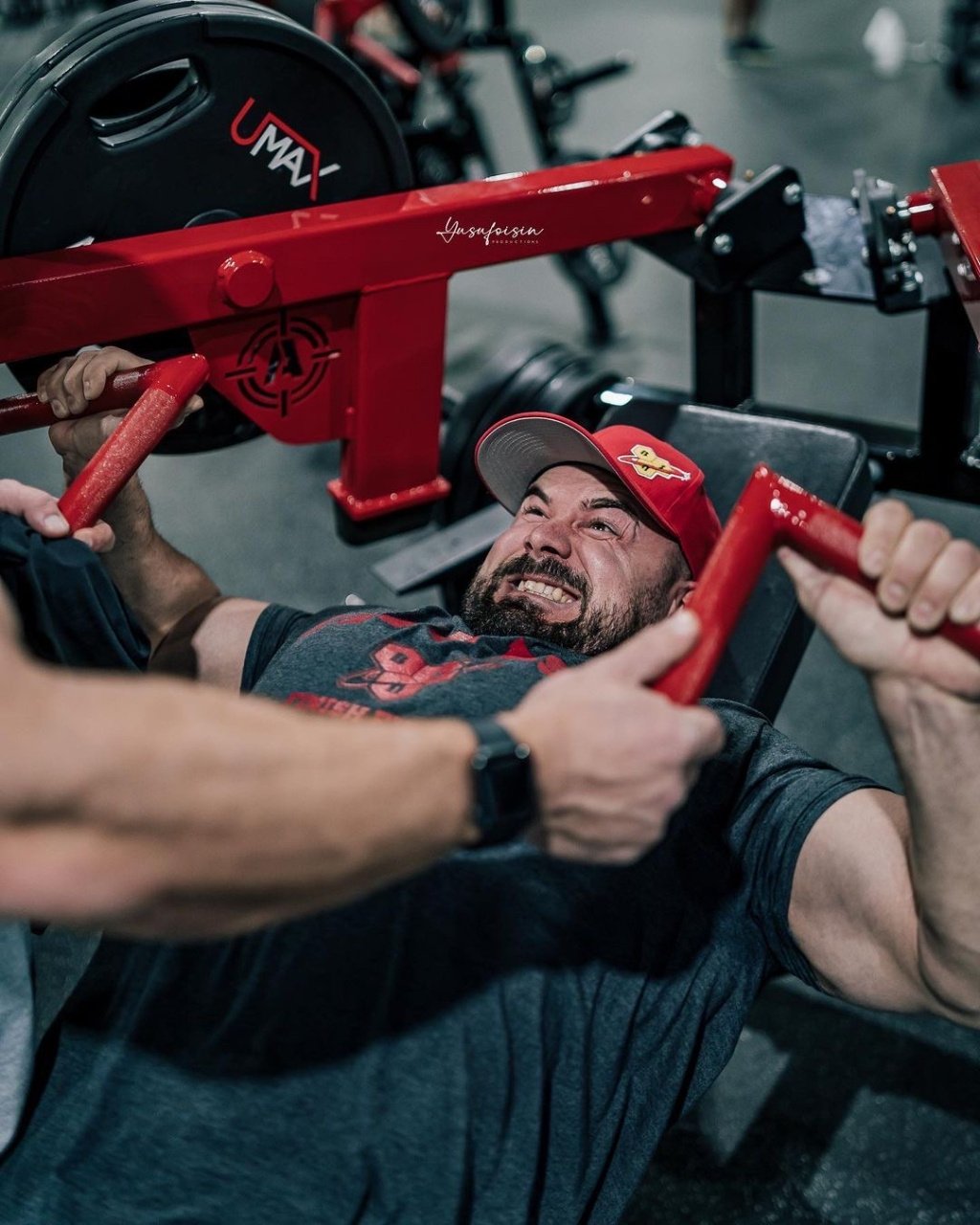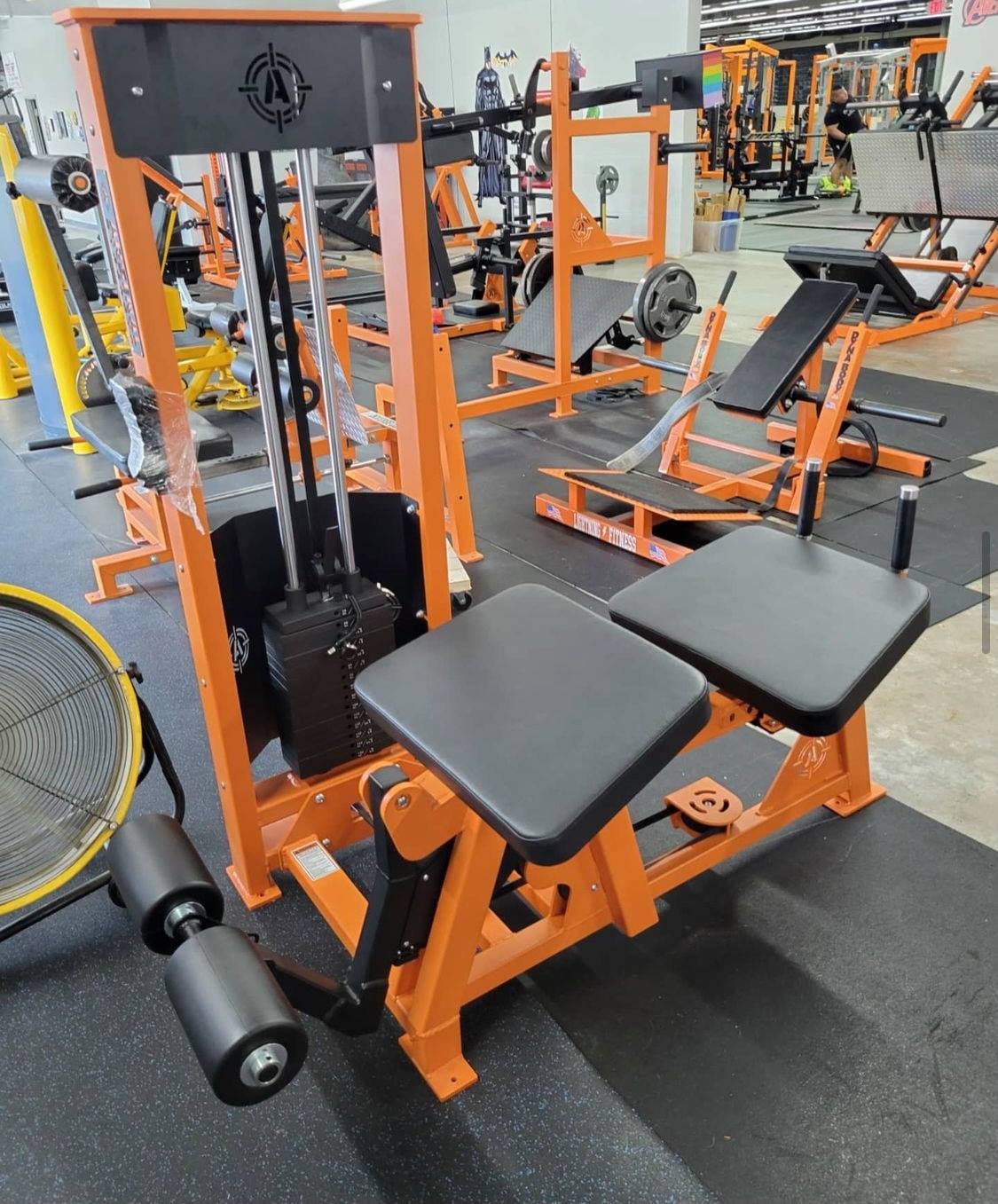Mastering the Best Lat Pulldown Grip for Optimal Muscle Growth
Mastering the right lat pulldown grip is essential for effective back development. In this guide, we’ll explore wide, narrow, and shoulder-width grips, pinpoint their muscle targets, and help you refine your technique for an optimal back workout. No fluff – just straight-to-the-point advice on getting the most out of your pulldowns.
- Grip width on the lat pulldown bar significantly affects muscle activation; a wider grip emphasizes the lats, while a narrow grip targets the thickness of the lats and allows for lower lat activation. A shoulder-width grip offers a balance between muscle activation and joint health.
- Different grips, such as pronated, supinated, and neutral, engage various muscle groups, with the neutral grip providing a multitude of benefits and being easier on the wrists. Varying grips can manage forearm strain and help correct muscle imbalances.
- Optimizing lat pulldown technique includes maintaining proper body positioning, controlling the weight with a full range of motion, and adhering to a correct breathing pattern to maximize muscle growth and minimize the risk of injury.
The Impact of Grip Width on Lat Pulldowns
The width of your grip plays a pivotal role in the success of the pulldown exercises. How you place your hands on the bar can influence how much your shoulder joint can move. A wider grip tends to restrict this motion. Achieving full range of motion is crucial for optimal lat muscle activation, which includes pulling the bar down to chest level and ensuring that at the bottom position, your shoulder blades are fully retracted.
Nevertheless, there’s no one-size-fits-all when it comes to choosing grip widths as each variation activates muscles differently.
- Opting for a wide grip might focus more on stimulating lats compared with other grips.
- Beginners are advised to start with a grip that aligns with their shoulders’ breadth in order to master proper form – including learning how to retract those shoulder blades effectively.
- A too-wide hold could potentially harm the shoulders over time. Sticking with either just at or slightly beyond shoulder-width typically offers an exercise routine that maintains equilibrium.
Narrow Grip
Initiating with a narrow grip during lat pulldowns:
- The narrow grip technique focuses on developing the thickness in the latissimus dorsi.
- Concurrently, it stimulates muscles such as biceps, brachialis, and pectoralis major to some extent.
- As a result, employing a narrow grip can be instrumental in increasing your back’s thickness.
Using this specific hand placement for lat pulldowns accentuates the lower portion of the latissimus dorsi and offers an advantage for individuals experiencing shoulder or elbow discomfort exacerbated by wide-grip versions. Opting for the narrow grip is preferable if you’re encountering such physical issues or aiming to specifically target your lower legs.
Wide Grip
Transitioning to the wide grip variation, this technique focuses mainly on the mid-section of the latissimus dorsi muscles, expanding your back’s width significantly. It concentrates on strengthening the upper legs, which is essential for achieving that coveted V-taper silhouette.
For those who aspire to widen their backs and enhance their pull-up prowess, employing a wide grip can have distinct advantages due to its targeted muscle engagement. Thus, remember to include wide grip lat pulldowns in your exercise regimen if you’re pursuing a wider back appearance!
Shoulder Width Grip
Taking into account the grip that is shoulder-width apart:
- Commonly suggested for beginners in exercise
- Promotes even stimulation of the latissimus dorsi and auxiliary back muscles
- Allows complete movement range for ideal muscle engagement
- Suitable and secure for individuals at any fitness level without placing excessive strain on the shoulders
A grip of this width strikes a balance between stimulating muscles efficiently and maintaining joint well-being, bypassing severe angles and possible tension caused by grips that are significantly wider or narrower. An additional advantage is that such a grip also engages abdominal muscles effectively, contributing to strengthening core stability while performing exercises.
Grip Variations: Engaging Different Muscles
The wide grip lat pulldown is a versatile exercise that can be performed with several variations, including the close grip pulldown, the standard wide grip, the reverse grip and neutral grips. To utilizing the traditional wide grip pulldown method.
Adopting various hand placements on the bar while executing these movements shifts muscle engagement. Specifically, employing a wider hold primarily focuses on activating your lats whilst also recruiting supporting muscles like lower-middle traps, rhomboids, biceps and brachialis but to a lesser extent than main targets.
Experimenting with different gripping techniques not only serves to isolate distinct regions of your back for more comprehensive development, but maintaining a solid yet moderate grasp also helps reduce strain on your forearms. Practicing unilateral holds using the lat puldown machine facilitates correcting muscular asymmetries and encourages growth by provoking controlled muscle damage. Now let’s delve into each individual type of these aforementioned grips further.
Pronated (Overhand) Grip
Utilizing an overhand grip, in which your palms are oriented away from you, directs the stress of the exercise toward engaging the latissimus dorsi muscles. A study conducted in 2009 revealed that regardless of choosing a broad or narrow stance with this pronated grip style, it proves to be efficient for stimulating the latissimus dorsi muscle.
The consistency of this grip type’s efficiency remains unchanged even when altering between wide and narrow stances. As a result, you have the flexibility to modify your workout routine by adjusting your hand placement while still ensuring optimal activation of your lat muscles.
Supinated (Underhand) Grip
Conversely, employing a supinated grip, which is characterized by having your palms face towards you, transfers the primary emphasis from the upper back and upper lat muscles to highlight the lower lat fibers more. For those seeking to target their lower legs specifically, an underhand grip should be seriously contemplated.
One of the benefits that comes with using a supinated grip is its ability to cause increased activation in the biceps brachii muscle group. As such, this means you are efficiently exercising your back while simultaneously engaging and strengthening your biceps during your routine!
Neutral Grip
Utilizing a neutral grip, wherein your palms are oriented toward one another, brings with it an array of advantages. It has the capacity to:
- Promote the growth of a broader back to create a V-taper appearance
- Boost strength in the upper body region
- Provide relief from back discomfort
- Positively affect posture alignment
- Contribute to improved equilibrium
- Minimize potential injury risks.
Adopting this type of grip engages various muscles within the back area, notably increasing latissimus dorsi muscle activity and encompassing key groups such as:
- The latissimus dorsi itself
- Teres major
- Trapezius
- Rhomboids
- Posterior deltoids
- Biceps
These muscles contribute significantly not only to upper body wellbeing, but also play an essential role in augmenting overall muscular strength. Employing a neutral grip is often more forgiving on wrist joints and can result in fostering greater long-term gripping capabilities which may permit lifting heavier weights.
Perfecting Your Lat Pulldown Technique
Let’s delve into optimizing your technique for the lat pulldown, considering different grip styles and widths. The nuances of body positioning and movement control are crucial to fully benefit from performing lat pulldowns.
It is essential to choose a weight that provides adequate challenge but still permits you to perform lat pulldowns with a full range of motion in a controlled manner. As you gain strength, incrementally increase the weight.
Body Positioning
Initiating with the correct body alignment, it is crucial to keep a straight spine and avoid excessively leaning back in order to prevent injury and adhere to proper exercise form. It’s best to lean slightly backwards from an upright position at an angle between 70–80 degrees when drawing the bar towards your chest.
The knee pad ought to be positioned such that your knees are bent at a right angle (90 degrees) beneath it while keeping your feet firmly planted on the ground for stability throughout the movement. When pulling down the bar toward just below your collarbone near the upper chest area, concentrate on driving both elbows as well as shoulder blades downwards and backwards, which facilitates elbow flexion.
Breathing Pattern
Take into account the rhythm of your breath. Stable and effective muscle use in lat pulldowns is supported by uniform breathing. This includes exhaling as you bring the bar downwards and inhaling as you lift it back to its initial position throughout the lat pulldown’s upward movement.
Maintaining this cycle of respiration guarantees that you avoid breath-holding while performing the exercise, which can result in an accumulation of pressure excessively, possibly leading to symptoms like feeling faint. Thus, keep in mind: breathe out on descent, breathe in on ascent!
Movement Control
To commence, mastering movement control during the lat pull down is vital. The emphasis should be on a measured and intentional pull, ensuring activation of the legs without resorting to momentum or engaging the lower back unnecessarily. It’s essential to keep control throughout each downward motion of the bar. Sudden or haphazard movements are to be avoided in order to preserve proper form and ensure that targeted muscles are being worked.
It’s equally important when returning the bar to its starting position, doing so gradually ensures continuous muscle tension and avoids allowing momentum to dominate your workout. Failing to maintain control during this eccentric (upward) part can diminish muscle engagement time – an element critical for muscular development. It’s imperative that you reduce weight if sustaining neutral spine alignment or correct technique becomes challenging at any point during your reps with lat pulls.
Lat Pulldown vs. Pull-up: Which Is Better?
Even though our attention is on lat pulldowns, it’s beneficial to draw comparisons with pull-ups. Both exercises indeed engage similar muscle groups. When we look at the level of muscle engagement, pull-ups exceed lat pulldowns in activating both the lats and core muscles more significantly while also working additional areas like biceps and shoulders.
Nevertheless, one must contemplate the aspect of exercise accessibility. Pull-ups are an upper echelon closed-chain movement that requires robust upper body and core muscular strength. Conversely, lat pulldowns present as open-chain workouts that can be customized to cater to a broad spectrum of fitness proficiencies.
So which should you opt for? That hinges upon your personal objectives. If customization for higher volume training sessions appeals to you or if you seek improvements in latissimus dorsi power where it isn’t necessarily paramount, then opting for tailored programs involving variations in resistance during lat pulldown exercises could serve a better purpose. Conversely, pursuing excellence in activities where superior pulling strength is crucial would steer one towards mastering pull-ups. They Hold recognition as a benchmark signifying notable physical prowess levels.
Combining Grips for a Comprehensive Back Workout
After discussing various grip styles and widths, you might be curious about integrating them into your workout routine. Variable grip styles and widths in lat pulldowns are crucial for balanced muscle growth and strength, as they challenge the muscles differently and can help avoid performance plateaus.
Employing different grips during a single workout session or alternating grips across different sessions are effective strategies for stimulating the back muscles from multiple angles. For example, mixed grips, Hammer Strength reverse-grip, and one-arm lat pulldowns are examples of specific grip variations that can lead to more symmetrical muscle development and allow focus on weaker areas like the lower lats.
In essence, implementing a variety of grips in the pulldown exercises contributes to continuous muscle development, prevents boredom, and reduces the risk of overuse injuries. So don’t be afraid to mix things up!
Common Lat Pulldown Mistakes to Avoid
Lat pulldowns, like all exercises, have certain errors to be cautious of. Committing the error of performing behind-the-neck lat pulldowns can lead to complications such as tightened neck muscles, a heightened possibility of injuring the neck and experiencing headaches, along with added strain on shoulder capsule and ligaments.
Adding too much weight is another frequent mistake with lat pulldowns. It may seem appealing to use heavier weights for this exercise. It often results in using momentum through swinging movements that detract from engaging your back muscles effectively and diminishes the workout’s benefit. Pulling down the bar excessively can also put you at risk by destabilizing your shoulders, which could result in shoulder impingement issues.
Avoidable mistakes also include leaning back too much during execution - this redirects emphasis away from lats toward other upper back muscles instead – neglecting to keep a gentle arch in your lower back compromises engagement of target muscle areas while increasing chances of injury. Lifting yourself off the seat at peak movement disrupts form, leading to potentially improper activation within the involved muscles.
The Right Grip Gets The Results
To summarize, the specific grip width and style you adopt during your lat pulldowns can have a considerable impact on which muscles are activated and the effectiveness of your exercise routine. The variety of grips, ranging from narrow to wide and encompassing overhand, underhand, or neutral positions, allows for diverse benefits and engages different sections of the back muscle.
It’s crucial to recognize that mastering the pulldown exercises transcends merely selecting an appropriate grip. Proper technique also requires correct body alignment while exercising, adherence to a steady breathing cycle throughout your reps, and smooth control over the motion. So no matter if you’re just starting out at the gym or you’re an experienced athlete looking for refinement in execution—bear these tips in mind when using the lat puldown machine next time. Here’s wishing you workouts that are both highly effective as well as fulfilling!
Frequently Asked Questions
What is the best lat pulldown grip?
A study published in the Strength and Conditioning Journal has indicated that using an overhand grip during a lat pulldown results in higher muscle activation, making it the suggested best grip method for this exercise.
What grips are needed for lat pulldowns?
To effectively engage the lats, rhomboids, and biceps during lat pulldowns, employ a supinated grip that is as wide as your shoulders. Alternating grips can also be utilized to focus on specific muscle groups.
How to do a lat pulldown?
Grasp the bar using a wide, overhand grip for a long pulldown and pull it downward to chin level, ensuring that you squeeze your shoulder blades together in the process.
Performing this exercise can enhance the strength of your back and contribute to enlarging your back muscles.
View this video of the ISO Lat Pull Down Machine: https://www.youtube.com/watch?v=jDUibQcjOzI
Which is better - lat pulldown or pull-up?
Your objectives determine the choice. Pull-ups deliver more muscle activation and are vital for tasks that require robust pulling strength, whereas lat pulldowns can be tailored to different levels of fitness and are beneficial in activities where latissimus dorsi strength is significant but not the central focus.
What are some common lat pulldown mistakes to avoid?
When executing lat pulldowns, steer clear of frequent errors like drawing the bar down behind your neck, employing too much weight, and excessively leaning backward. Such practices can result in injuries and must be circumvented without exception.

